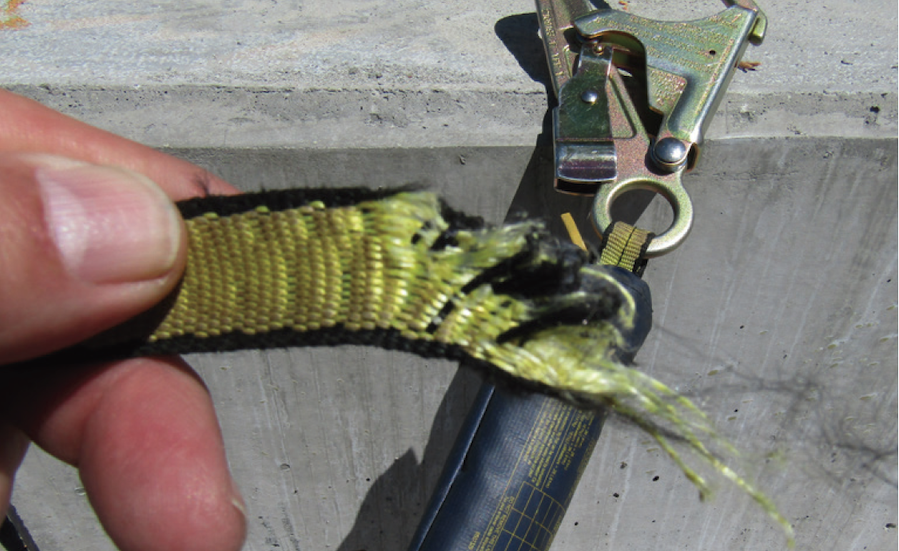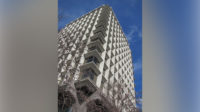Construction Accidents
Family of Worker Who Died in Fall Presses Lawsuit Against 3M Company
Liability is unclear in 2018 accident that involved a harness line cut on slab edge

One of the 3M’s products is under scrutiny in a multimillion-dollar lawsuit by the family of a Seattle construction worker who died following a 35-ft fall in 2018. The company has come under recent criticism from the Trump administration over the export of medical personal protective equipment during the coronavirus pandemic.
A veteran construction foreman within months of retirement, Walter Burrows fell on May 22, 2018 while working on $3.7-billion East-Link light rail project.
On that day, Burrows was attempting to secure a beam when he lost his balance at a slab edge. Alive and grasping for breath after hitting a patch of hard and uneven ground, Burrows later died of his injuries at the hospital.
The lawsuit by the Burrows family, now in federal court in Seattle, contends that Burrows fell after the extended safety line that was part of his harness, 3M's DBI SALA Nano-Lok Self-Retracting Lifeline, became frayed and snapped on the beveled slab edge.
 |
| Even a beveled concrete slab edge was capable of cutting a fall protection harness line, say state officials. Image: Washington State Dept. of Labor and Industries |
The product had been billed by 3M as “ultimate in fall protection in any work environment,” but it lacked a warning that it should not be used near beveled edges, the lawsuit contends.
The Washington State Dept. of Labor and Industries late last year issued a safety bulletin warning of similar dangers involving safety line tears along the edges of both concrete and steel surface decks.
Burrows was employed by Kiewit-Hoffman. The joint venture is not a defendant in the lawsuit.
Burrows “lost his life and left a lot of people who are broken-hearted,” said Timothy Acker, an attorney for the Burrows family. “Our position is that 3M sold the product and based on certain advertising, our guy is dead.”
 |
|
Metal edges can present a deadly risk to lifelines, state officials warned. The edge on the steel plate shown above cut a worker's steel cable lifeline. Washington State Dept. of Labor and Industries |
But the liability isn't as clear cut as that.
In their hazard warning, Washington State officials cited another death involving a steel cable lifeline that was cut after coming into contact with the edge of steel plates.
But the hazard warning from Washington State also cited a warning from the manufacturers “about using SRLs around edges that could damage the lifeline or prevent the SRL from effectively arresting the fall.”
In a statement, the Minneapolis-based manufacturer said it “extends its sincere condolences to those impacted by this tragic event, especially to Mr. Burrows’ family and friends.”
But 3M contends, in the reply to the lawsuit, that the case is anything but open and shut and instead should be dismissed.
In particular, lawyers for 3M called the allegations in the Burrows family’s lawsuit “vague and conclusory.”
The lawsuit fails “to identify with any specificity” a particular aspect of 3M’s safety line that was defective, or how “warnings would have prevented the incident,” the company states in its reply.
The complaint also fails to “allege in any specificity how the Nano-Lok SRL suffered from any manufacturing defect,” 3M’s lawyers write.
“We stand behind our products and remain committed to providing high quality fall protection solutions for workers,” 3M said in a separate statement.




